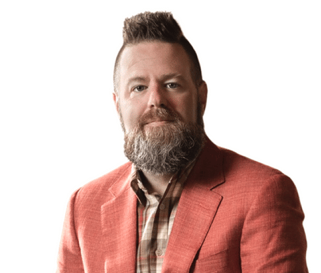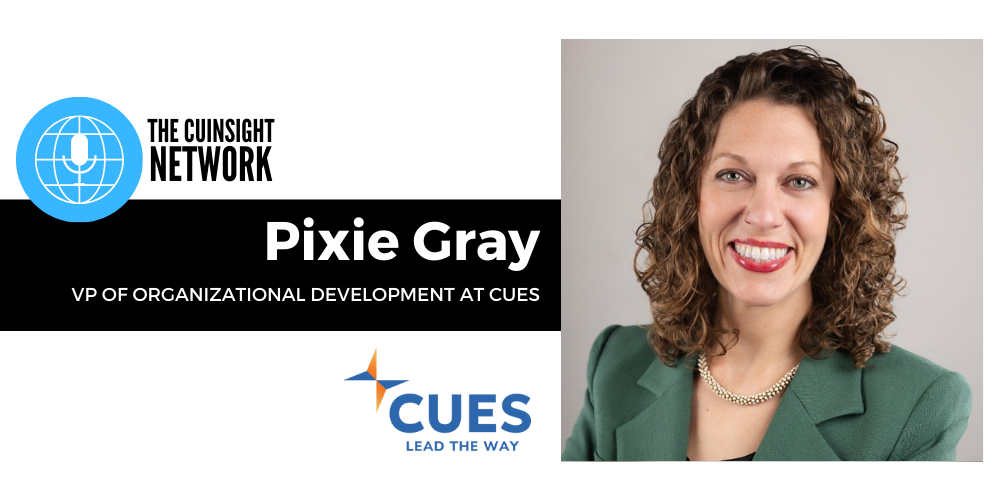“When the rate of change outside is more than what is inside, be sure that the end is near.” Even though this cautionary quote from Azim Premji wasn’t initially meant for one of America’s most successful companies, it certainly describes the crossroads Microsoft once faced. And more importantly, it might capture the culture and mindset challenge your credit union is currently experiencing.
Our YMC team recently read Hit Refresh: The Quest to Rediscover Microsoft’s Soul and Imagine a Better Future for Everyone by Satya Nadella, the CEO of Microsoft. Since our team paused earlier this year to reflect on what was keeping us from reaching the next level in our mission, this book proved to be a timely read. Now that we are hitting refresh ourselves and implementing the changes necessary for us to improve, Mr. Nadella’s wisdom feels especially practical.
In Hit Refresh, Nadella breaks down culture into four areas: values, customs, beliefs, and symbolic practices. “Culture is made up of acts that become habitual and accrue to something coherent and meaningful,” Nadella shares. He goes on to say that while culture is how an organization thinks and acts collectively, it can also be shaped by the individuals within the organization.
Maybe you’re reading this and asking, “How can I build a culture at my credit union?” If so, stop right there. It’s important to realize that your credit union already has a culture. You just need to identify what your culture is right now. When Nadella took the reins at Microsoft, the company was struggling to stay relevant in a fast-changing industry. He knew that organizational health starts at the top, but Microsoft’s top had been broken for so long that the culture was killing the company’s chance of survival.
Throughout his writing, Nadella cites Dr. Carol Dweck’s book Mindset: The New Psychology of Success as a key factor that helped shape the culture shift at Microsoft. He noted how Dweck taught him that the world is divided between learners and non-learners, which reinforced the idea that a fixed mindset will limit you, and a growth mindset can push you forward.
Dweck focuses on something she calls “CEO Disease,” an affliction of leaders who fail to adopt a growth mindset. Instead, they get stuck in the comfort of current success, and that can be deadly for the future survival of any organization. She drives home the ripple effect of this mindset by stating, “The view you adopt for yourself profoundly affects the way you lead your life.”
I think Dr. Dweck is absolutely right, but I would take it a step further and suggest that your viewpoint not only affects your life, it impacts the way you lead others as well. What is your view of the world right now? What is the view of your team? How much of your mindset is contributing to the issues within your organization?
When I first started YMC, I operated with a mindset that always assumed the worst. Unfortunately, that tendency created a poor culture within our team, one that lasted for the first half of our existence. No amount of pizza parties or office happy hours were able to turn our culture around. But once I changed my mindset and began trusting that the people I hired to lead our clients and our teams were working with the best of intentions, things changed for the better. And while the changes were overwhelmingly positive, they weren’t exactly painless.
We had to make peace with some pretty high turnover, amend the benefits we offered, and change our hiring process to ensure we were attracting and retaining only the best. And the work didn’t end there. The most difficult part of culture change is the constant re-evaluation of the decisions you make. Change is not an overnight process. For me, leading the change at YMC has been a three-year process that continues to take shape.
There are no shortcuts or gimmicks—just the hard work of creating a company culture where our walk matches our talk. It was encouraging to see that this approach is similar to the one that made such a profound difference at Microsoft. “Just saying interesting things wasn’t enough,” Nadella noted when outlining what it took to turn the culture around at such a large organization. “Our employees had to see how everything we did reinforced our mission, ambitions, and culture, and they needed to start doing the same.”
Soon after becoming CEO, Nadella shared his vision for the future in a speech at a Microsoft Global Sales Conference. “We can have all of the bold ambitions. We can have all of the bold goals. We can aspire to our new mission. But it’s only going to happen if we live our culture, if we teach our culture.” He then added, “We will grow as a company if everyone, individually, grows in their roles and in their lives.” That last part is essential.
Nadella and his wife have been blessed with several children, one with special needs. As the parent of a child with special needs, Nadella learned the importance of empathy, a quality that played a critical role in his company’s culture shift. “It’s taken me on this journey of developing more empathy for others. And what gives me deep meaning is the ability to take new ideas and empathy for people; to connect the two and have great impact. That’s what gives me the greatest satisfaction. It’s why I work for Microsoft. And that’s what I aspire for each one of you to do as you work here.”
Imagine the impact we could make in the lives of our employees, volunteers, and members if we as credit union leaders would adopt that same mindset. How can we develop empathy and the desire for new ideas, connect the two, and provide even more value to our members and our community? The way we answer that question will determine the kind of credit union we create in the years to come.
At the end of his book, Nadella leaves the reader with a gut punch in the form of a question. “At the end of the next year, if we were tried in a court of law and the charge was that we failed to pursue our mission, would there be enough evidence to convict us?” Think about that question and answer it with your credit union in mind—but don’t stop there. If there wouldn’t be enough evidence to show that you’ve been pursuing your mission, ask yourself what needs to change so that the verdict could be different. Then hit refresh and start making that change!







